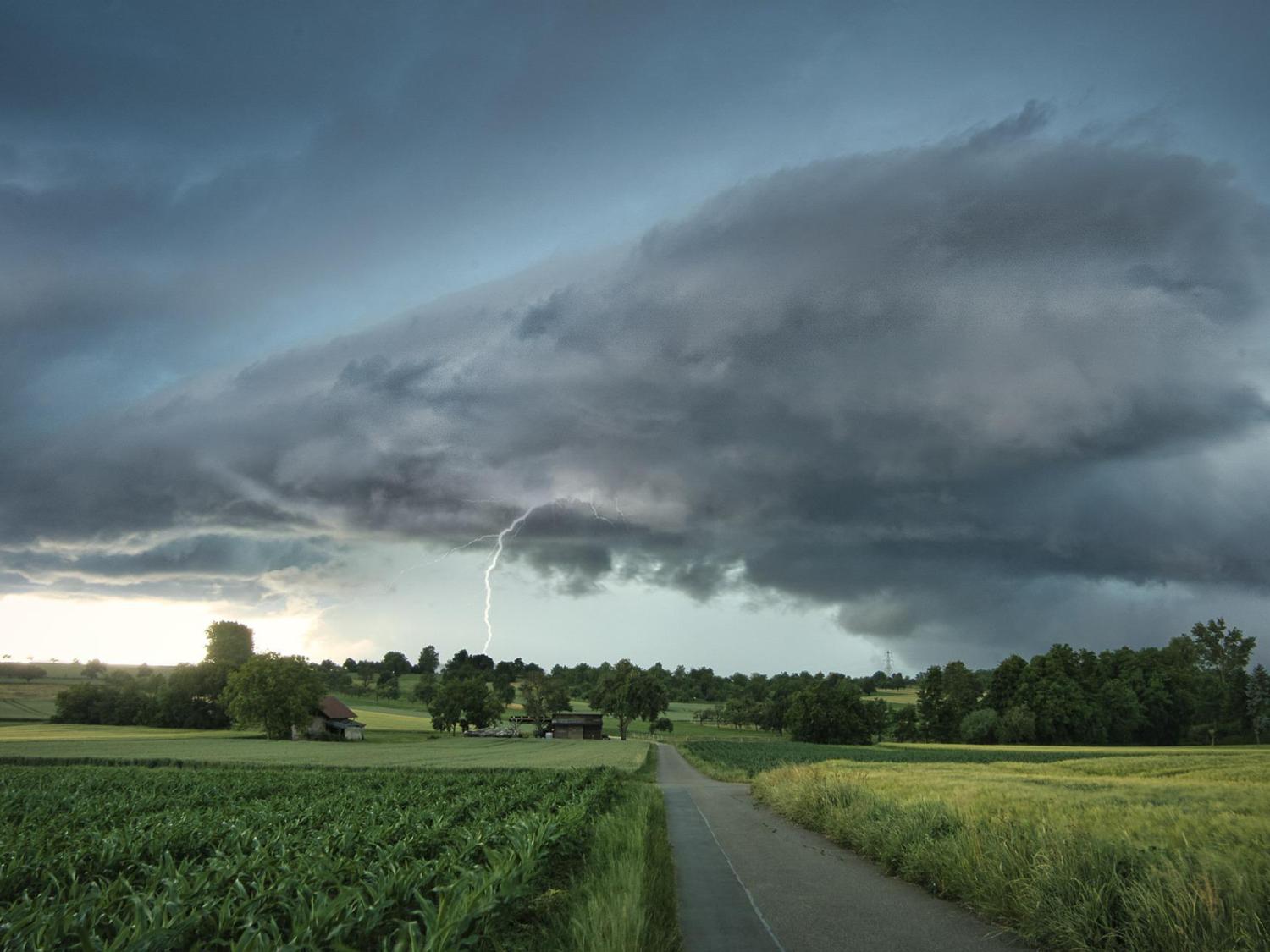2022-10-10 ペンシルベニア州立大学(PennState)
 A thunderstorm passes over farm fields Credit: Pixabay. All Rights Reserved.
A thunderstorm passes over farm fields Credit: Pixabay. All Rights Reserved.
研究は、海洋中の塩分シグナルが、世界の主要な農業地域の一つにおける大雨の正確な予測因子となり得ることを示している。
研究チームは、1948年から2019年までの中西部の降雨データを、同じ期間の海面温度と塩分の測定値と比較した。研究者は何百年も前から海洋の塩分濃度を測定しており、今日では衛星リモートセンシングで塩分濃度の変化を観測し、海洋の広い範囲での観測を可能にしている。
研究チームは、太平洋熱帯域と北大西洋亜熱帯域の塩分濃度を予測モデルに組み込むことで、中西部の豪雨の予測を、地表温度だけの場合と比較して92%改善したことを明らかにした。
<関連情報>
- https://www.psu.edu/news/research/story/saltier-sea-water-may-predict-heavy-summer-rains-us-corn-belt/
- https://agupubs.onlinelibrary.wiley.com/doi/abs/10.1029/2022GL098554
海面塩分から見た米国中西部の夏季豪雨の巧みなロングリード予測 Skillful Long-Lead Prediction of Summertime Heavy Rainfall in the US Midwest From Sea Surface Salinity
Laifang Li,Raymond W. Schmitt,Caroline C. Ummenhofer
Geophysical Research Letters Published: 07 July 2022
DOI:https://doi.org/10.1029/2022GL098554
Abstract
Summertime heavy rainfall and its resultant floods are among the most harmful natural hazards in the US Midwest, one of the world’s primary crop production areas. However, seasonal forecasts of heavy rain, currently based on preseason sea surface temperature anomalies (SSTAs), remain unsatisfactory. Here, we present evidence that sea surface salinity anomalies (SSSAs) over the tropical western Pacific and subtropical North Atlantic are skillful predictors of summer time heavy rainfall one season ahead. A one standard deviation change in tropical western Pacific SSSA is associated with a 1.8 mm day−1 increase in local precipitation, which excites a teleconnection pattern to extratropical North Pacific. Via extratropical air-sea interaction and long memory of midlatitude SSTA, a wave train favorable for US Midwest heavy rain is induced. Combined with soil moisture feedbacks bridging the springtime North Atlantic salinity, the SSSA-based statistical prediction model improves Midwest heavy rainfall forecasts by 92%, complementing existing SSTA-based frameworks.
Key Points
- Heavy rainfall explains the majority of the year-to-year variation of summer precipitation in the US Midwest
- SSS in the tropical Pacific and subtropical North Atlantic equally contribute to skillful predictions of Midwest heavy rain a season ahead
- Skillful prediction from SSS is realized through tropical-extratropical teleconnections and local soil moisture feedback
Plain Language Summary
Predicting heavy rainfall one season ahead is challenging for the US Midwest, a primary crop production area in the world. In this study, we show a skillful prediction of Midwest heavy rain using sea surface salinity anomalies (SSSAs) in the western tropical Pacific and subtropical North Atlantic. Compared to sea surface temperature anomalies which traditionally form the basis for seasonal precipitation forecasts, our newly identified SSSA-based predictors improve the accuracy of heavy rainfall prediction by 92%. This superior skill of SSSA-based prediction appears to result from a close relationship between salinity variations and the oceanic water cycle, as well as related atmospheric circulation changes and soil moisture feedback.



